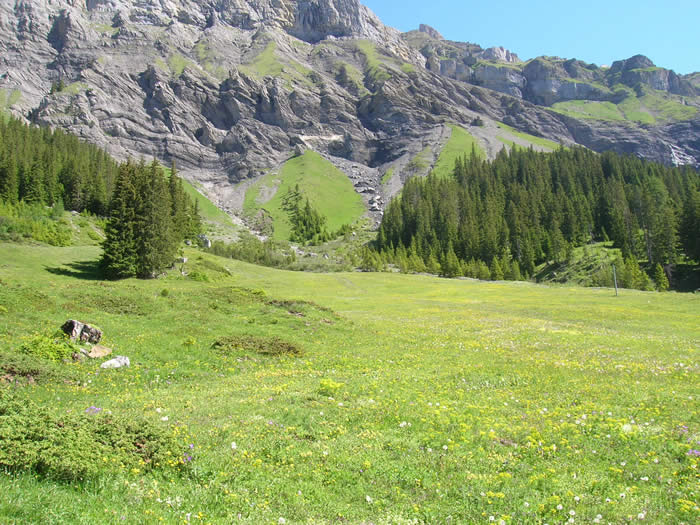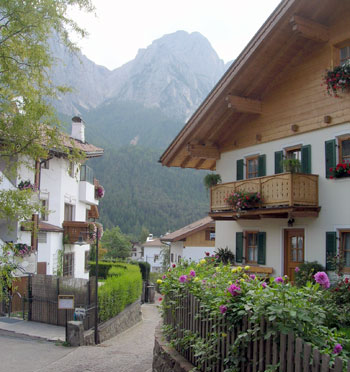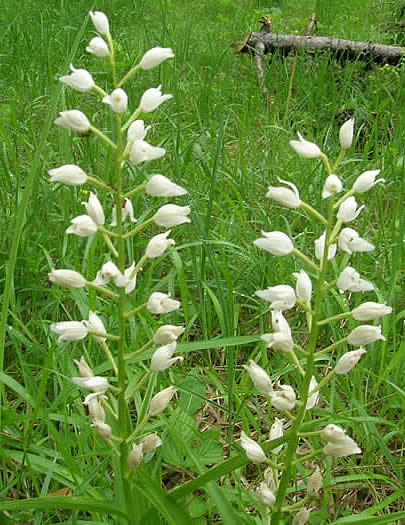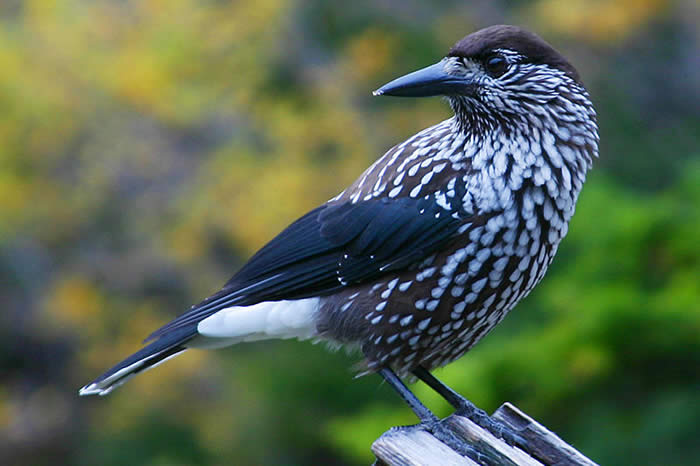Dolomites 12 — 19 June 2019
Wildflowers & Walking in the Italian Dolomites
This holiday is run by N & S Wildlife & Walking Holidays: bookings are through Honeyguide Wildlife Holidays. Bookings may be opened to Honeyguiders later.
Richard Hobbs and Sally Ward from N & S Wildlife & Walking Holidays write:
"We return to what has to be one of our favourite destinations. We are based in South Tyrol (also known as Alto Adige) which is the northernmost province of Italy lying to the south of the Brenner Pass and bordered to the south east by the Dolomites with their dome-shaped limestone mountains rising to over 10,000 feet."
Formed over a period of some 30 million years, the Dolomites were originally known as 'the pale mountains' because of the pale-coloured dolomitic limestone. At their feet are rich alpine pastures, vineyards and tiny lakes. The area is known as the 'Land of Castles,' although many are now ruined. This part of Italy belonged to Austria before World War I and the official languages are both German and Italian. There is also an ancient language in existence called Ladin, which has its roots in Provençal French.
The Schlern, a magnificent limestone pinnacle typical of this region, always dominates the views in this area. It measures over 70 square kilometres and is Europe's largest expanse of high alpine meadowland and a veritable paradise for walkers. Our nearest main town of Bolzano, with its elegant shopping streets and stylish old arcades, has an Italian feel to it and there are many Gothic style buildings, an interesting market and an excellent museum. The museum is home to the internationally famous 'ice man' and the artifacts he had with him when he met his death a long while ago. A fascinating story and tastefully done.
Our delightful hotel is tucked away and set in its own alpine meadow next to a rushing stream and surrounded by woodland.
Plants
The flora is extremely varied and we should find great colourful patches of gentians, yellow pulsatillas and globe-flowers growing in some of the high alpine meadows as well as orchids, alpine butterworts and saxifrages. The attractive woodland contains plants such as alpine clematis, a purple aquilegia, wintergreens and the strange birdsnest and coralroot orchids. We should see interesting ferns such as forked spleenwort, shrubby honeysuckles and, we hope, the lady’s slipper orchid. Other interesting plants include primulas, louseworts, Solomon’s seals, dwarf pine and Pyrenean lily.
Birds
The woodland near the hotel is home to black, green and great spotted woodpecker, together with the unusual and fascinating nutcracker with its distinctive call. On the alpine pastures are ring ouzel and the yellow-billed alpine chough. Crag martins, common and black redstarts and goldcrest may be seen.
Holiday Details
Itinerary: a mixture of walks, local bus and minibus trips, plus a cable car to higher pastures. If you have travelled here with us before, you will find that our walks have gradually evolved and that the local bus now comes to the hotel entrance to take us to the nearby cable car.
Price: £1590 per person in twin room for a week (Wednesday to Wednesday)
Single room supplement: £80
En suite facilities
Flights: Scheduled Jet2 flights London Stansted to Verona
12 June: LS1673 depart London Stansted 16:45 arrive Verona 19:55
19 June: LS1674 depart Verona 20:40 arrive Stansted 21:55.
Deposit: £350
Group size: 15 to 18 including two leaders





